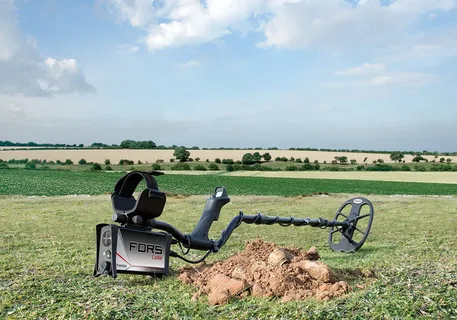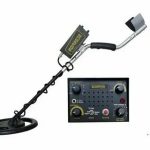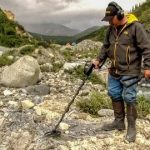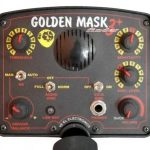Panning for gold has been a popular and timeless activity for people hoping to strike it rich with their discoveries. The art of panning for gold is an exhilarating and rewarding way to connect with the natural world while potentially uncovering valuable treasures. In this beginner’s guide, we will explore the basics of panning for gold and how to use a pan effectively. Whether you’re a seasoned prospector or a curious newcomer, this guide will provide valuable insights and techniques for discovering the art of panning for gold.
“Discover the Art of Panning for Gold: A Beginner’s Guide” is a comprehensive book that provides step-by-step instructions on how to pan for gold. The book covers the basics of gold panning, including tools and equipment needed, how to find a good location, and detailed techniques on how to effectively pan for gold. It also includes tips on identifying gold and understanding the geology of gold deposits. Whether you’re a complete beginner or looking to improve your gold panning skills, this guide is a valuable resource for anyone interested in this rewarding outdoor activity.
The Art of Panning for Gold: A Beginner’s Guide

The Art of Panning for Gold: A Beginner’s Guide is a comprehensive book that provides detailed information on the techniques and tools needed for successful gold panning. The book covers topics such as understanding gold deposits, selecting the right location for panning, and proper panning techniques. It also includes information on the best equipment to use, such as pans, shovels, and classifiers. The book is designed for beginners who are new to gold panning and want to learn the basics of this exciting hobby. Whether you’re planning to pan for gold as a leisure activity or as a serious pursuit, this guide is a valuable resource for anyone interested in the art of panning for gold.
Discovering the Rich History of Gold Panning Techniques

Gold panning techniques have a rich history that dates back thousands of years. The process of extracting gold from rivers and streams using a pan has been a traditional method of mining for many cultures around the world. Techniques have evolved over time, with different cultures developing their own unique methods for successful gold panning. These techniques often involved careful observation of the natural environment and the development of specialized tools to aid in the extraction of gold. Today, gold panning is still a popular hobby and a method of small-scale mining in many parts of the world, carrying on the traditions and knowledge of the past. Understanding the history of gold panning techniques can provide valuable insights into the ingenuity and resourcefulness of past civilizations, as well as important lessons for modern mining practices.
Tips for Finding the Best Spot for Gold Panning
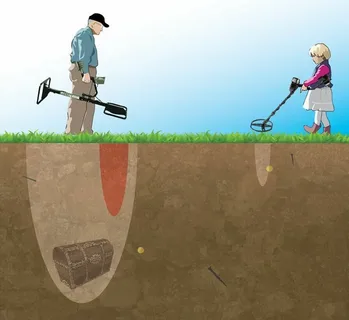
Here are some tips for finding the best spot for gold panning:
1. Research potential areas: Look for historical gold mining areas, as well as rivers and creeks known for gold deposits. Websites, books, and local mining clubs can provide valuable information.
2. Consider accessibility: Choose a location that is easily accessible by vehicle, but not overrun with other prospectors. Look for areas with public access or obtain permission from private landowners.
3. Study topographical maps: Look for areas where gold is likely to settle, such as inside bends of rivers, behind large rocks, or in crevices. Topographical maps can help you identify potential gold-bearing areas.
4. Check for mineral rights and regulations: Make sure you have the legal right to prospect in your chosen area. Research any mining regulations or restrictions that may apply.
5. Explore different locations: Don’t limit yourself to just one spot. Explore multiple areas to increase your chances of finding gold. Be prepared to adjust your approach based on what you discover.
By following these tips, you can increase your chances of finding the best spot for gold panning and potentially striking it rich. Happy
The Environmental Impact of Gold Panning
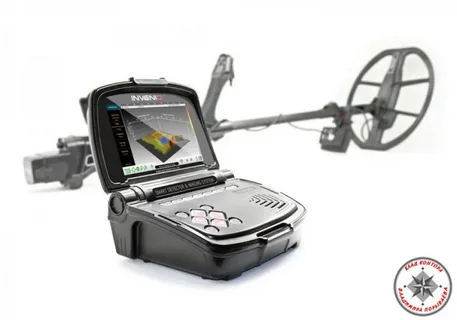
Gold panning can have significant environmental impacts, especially when carried out on a large scale or in sensitive ecosystems. The use of heavy machinery and chemicals to extract gold can lead to deforestation, land degradation, and the pollution of waterways with harmful substances such as mercury and cyanide. This can have devastating effects on local flora and fauna, as well as on the livelihoods of communities that rely on these natural resources. Additionally, the disturbance of riverbeds and sedimentation caused by gold panning can alter the flow of water and lead to increased erosion. It is important for gold panners to be mindful of their environmental impact and to practice responsible mining techniques to minimize harm to the ecosystem.
The Most Common Mistakes to Avoid When Gold Panning
Some common mistakes to avoid when gold panning include:
1. Not researching the area thoroughly before panning – It’s important to understand the geology and history of the location you plan to pan in order to increase your chances of finding gold.
2. Using the wrong equipment – Using the wrong tools or equipment can significantly decrease your chances of finding gold. Make sure to invest in high-quality pans, classifiers, and other necessary gear.
3. Overfilling your pan – Overloading your pan can make it difficult to properly sift through the material and may lead to missed gold particles.
4. Improper technique – Using incorrect panning techniques can result in losing valuable gold. Educate yourself on the proper way to pan and practice until you feel comfortable with the process.
5. Giving up too soon – Gold panning can be a time-consuming and labor-intensive process. It’s important to have patience and persistence in order to be successful.
By being aware of these common mistakes, you can increase your chances of finding gold and have a more enjoyable panning experience.
How to Properly Clean and Store Your Gold Pan
To properly clean and store your gold pan, start by removing any remaining material or sediment from the pan. Use a soft bristled brush or toothbrush to scrub the interior and exterior of the pan, ensuring that all dirt and debris are removed.
Next, rinse the pan with clean water to remove any remaining residue. Avoid using soap or other cleaning agents, as these can leave behind a film or residue that may affect your gold panning results.
Once the pan is clean, allow it to air dry completely before storing it. This will help to prevent any mold or mildew from forming on the pan.
When storing your gold pan, make sure to keep it in a dry and secure location. Avoid storing it in direct sunlight or extreme temperatures, as this can cause the pan to become damaged or warped.
By properly cleaning and storing your gold pan, you can ensure that it remains in good condition and ready for use whenever you’re ready to head out and search for gold.
The Science Behind Finding Gold Through Panning
The process of panning for gold involves using a shallow metal or plastic pan to separate gold from sediment. The technique relies on the fact that gold is much denser than the surrounding material, so it tends to settle at the bottom of the pan when agitated with water. Furthermore, gold is resistant to corrosion, so it does not tarnish or rust like other metals. This allows it to maintain its luster and unique color, making it easier to spot and separate from other materials.
When panning for gold, the prospector shakes and agitates the pan filled with sediment and water, allowing the water to wash away the lighter materials while the denser gold particles settle to the bottom. The prospector then carefully swills and tilts the pan to concentrate the gold at the bottom edge, eventually removing the bulk of the unwanted material to reveal any gold present.
This method is based on the principle of gravity separation, which relies on the differences in the densities of different materials to separate them. With careful technique and patience, gold particles can be effectively extracted from sediment using this simple and traditional method.
Gold Panning: A Fun and Educational Outdoor Activity
See also: gold detector
Gold panning is a recreational and educational outdoor activity that involves using a pan to sift through sediment in rivers and streams in search of small pieces of gold. It can be a fun and rewarding experience for people of all ages. Gold panning offers a hands-on way to learn about the history of gold mining and the natural environment. Many locations also offer guided gold panning tours and lessons, making it an activity that can be enjoyed by beginners and experienced prospectors alike. Whether it’s for the thrill of finding a few flakes of gold or simply enjoying nature, gold panning is a popular activity that can be enjoyed in various locations around the world.
The Gold Rush: Panning for Gold in Modern Times
The Gold Rush: Panning for Gold in Modern Times is a book that explores the continuation of the age-old practice of gold panning in today’s world. The book delves into the history of gold mining and the enduring appeal of seeking gold. It also discusses the techniques and technologies used in modern gold panning, as well as the environmental and social impact of this activity. The author provides insight into the challenges and rewards of pursuing gold in the present day, offering a comprehensive look at the enduring allure of this timeless pursuit.
Exploring the Different Types of Gold Pans and Their Uses
Exploring the different types of gold pans and their uses can help gold prospectors and hobbyists choose the right equipment for their needs. There are various types of gold pans, including plastic, metal, and specialty pans designed for specific gold panning techniques. Plastic gold pans are lightweight and durable, making them suitable for beginners and those who plan to pan for extended periods. Metal pans, on the other hand, are more durable and suitable for more aggressive panning techniques such as swirling and shaking. Specialty pans, such as riffled and spiral gold pans, are designed for capturing fine gold particles and can be useful for experienced prospectors. Understanding the different types of gold pans and their uses can improve the efficiency and effectiveness of gold panning activities.

